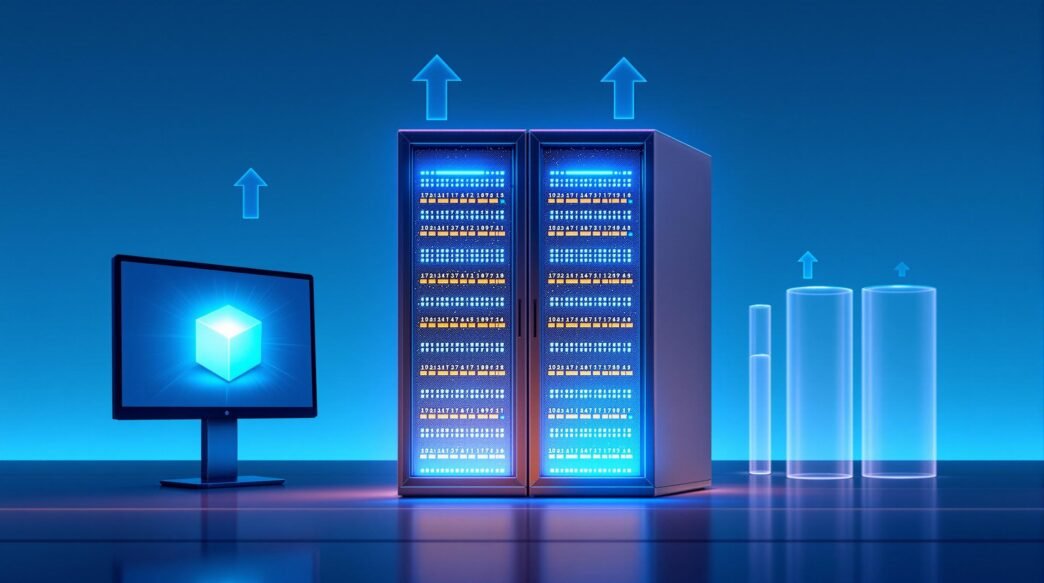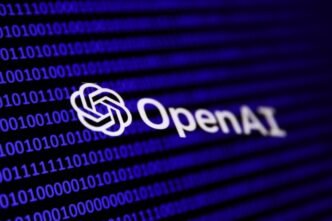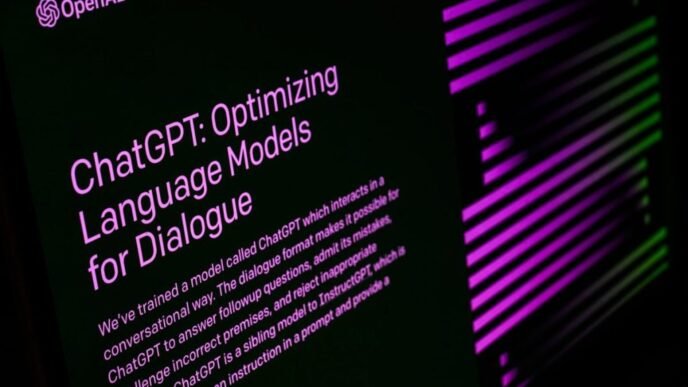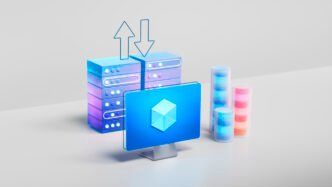In partnership with Microsoft Azure and AMD, business applications powered by AI are revolutionizing customer experiences, accelerating the speed of business, and driving employee productivity. According to research firm Frost & Sullivan’s 2024 Global State of AI report, 89% of organizations believe AI and machine learning will help them grow revenue, boost operational efficiency, and improve customer experience.
Case Study: Vodafone
Take, for example, Vodafone. The telecommunications company is utilizing a suite of Azure AI services, such as Azure OpenAI Service, to deliver real-time, hyper-personalized experiences across all customer touchpoints, including its digital chatbot TOBi. By leveraging AI to enhance customer satisfaction, Naga Surendran, senior director of product marketing for Azure Application Services at Microsoft, states that Vodafone has resolved 70% of its first-stage inquiries through AI-powered digital channels. Additionally, it has boosted the productivity of support agents by providing them with AI capabilities akin to Microsoft Copilot, an AI-powered productivity tool.
“The result is a 20-point increase in net promoter score,” Surendran notes. “These benefits are driving AI infusion into every business process and application.”
The Need for Modernization
However, realizing measurable business value from AI-powered applications necessitates a new game plan. Legacy application architectures cannot meet the high demands of AI-enhanced applications. Organizations must modernize their infrastructure, processes, and application architectures using cloud-native technologies to remain competitive.
Today’s Business Landscape
Today’s organizations navigate an era of geopolitical shifts, growing competition, supply chain disruptions, and evolving consumer preferences. AI applications can spur innovation, but they must be flexible to scale as needed. By modernizing applications, organizations can achieve agile development, scalability, and rapid compute performance essential for supporting innovation and accelerating AI application delivery.
David Harmon, director of software development for AMD, emphasizes that companies “want to ensure they can migrate their current environments and leverage all the hardware advancements.” This modernization leads to a reduction in the overall development lifecycle of new applications, allowing for a swift response to changing global circumstances.
Improving Customer Experience with Modernization
Modernizing applications, data, and infrastructure can significantly enhance customer experience. Take Coles, an Australian supermarket that has invested in modernization and is using data and AI to deliver dynamic e-commerce experiences both online and in-store. With Azure DevOps, Coles has transitioned from monthly to weekly deployments of applications, while also reducing build times by hours. By aggregating customer views across multiple channels, Coles is able to offer more personalized customer experiences.
According to a 2024 CMSWire Insights report, there is a notable increase in the use of AI within the digital customer experience toolset, with 55% of organizations utilizing it to some extent, and more beginning their journey.
Cybersecurity Challenges
Even well-designed applications can be vulnerable to cybersecurity attacks. Malicious actors can extract sensitive information from machine learning models or inject corrupt data into AI systems. “AI applications are now interacting with core organizational data,” says Surendran. “It’s crucial to have the right guardrails to ensure data security and build a platform that enables this.” Luckily, modern cloud-based architectures can provide robust security, data governance, and AI guardrails like content safety to protect AI applications from threats and ensure compliance with industry standards.
New Strategies for AI Innovation
New challenges, from demanding customers to malicious hackers, necessitate a revamped approach to application modernization. “You need the right underlying application architecture to keep pace with the market and accelerate application delivery,” Surendran states. “Without that foundation, progress will stall.”
This is where cloud-native architecture comes into play. As organizations increasingly adopt AI to accelerate innovation and maintain competitiveness, there is a pressing need to rethink how applications are built and deployed in the cloud. By leveraging cloud-native architectures, Linux, and open-source software, organizations can better facilitate AI adoption and create a flexible platform specifically designed for AI and optimized for the cloud.
Benefits of Cloud-Native Architecture
Application modernization ensures optimal performance, scale, and security for AI applications. It goes beyond merely lifting and shifting application workloads to cloud virtual machines. A cloud-native architecture is inherently designed to provide developers with:
- The flexibility to scale to meet evolving needs
- Better access to the data necessary for driving intelligent applications
- Access to the right tools and services for building and deploying intelligent applications easily
- Security embedded into applications to protect sensitive data
Together, these capabilities ensure organizations maximize the value derived from their AI applications. “Ultimately, everything revolves around performance and security,” Harmon asserts. Cloud is no exception.
Driving the Modernization Journey
Surendran points out that “leveraging a cloud platform for modernization allows organizations to access AI models more quickly and expedite market entry with AI-powered applications. These factors are propelling the modernization journey forward.”
Best Practices for Successful Modernization
While the benefits of application modernization are clear, organizations must undertake certain steps to ensure both technological and operational success:
- Train Employees for Speed: As modern infrastructure accelerates AI application development, developers must be prepared to work faster and smarter. Employees should be skilled in modern application development practices to meet digital business needs.
- Start with an Assessment: Large enterprises often have hundreds or thousands of applications. Organizations must evaluate their application landscape before embarking on a modernization journey.
- Focus on Quick Wins: Modernization is a long-term transformation. Organizations should focus on quick wins while also working on a broader application estate transformation.
- Partner Up: “Modernization can be daunting,” Surendran notes. Selecting the right strategy and partners is crucial for navigating change management effectively.
- Address All Layers of Security: Organizations must adopt a multi-layered approach to security that includes security by design, security by default, and security by ongoing operations.
Looking to the Future
Most organizations recognize the necessity for application modernization. With AI’s arrival, it becomes imperative to execute modernization efforts effectively. AI applications must be constructed and deployed for maximum business impact. Adopting a cloud-native architecture serves as a platform for enhanced performance, scalability, security, and ongoing innovation. “By modernizing your infrastructure with a cloud platform, you gain access to rapid AI model innovations,” Surendran concludes. “It’s about continuously innovating with AI.”
Read more about how to accelerate app and data estate readiness for AI innovation with Microsoft Azure and AMD. Explore Linux on Azure.













